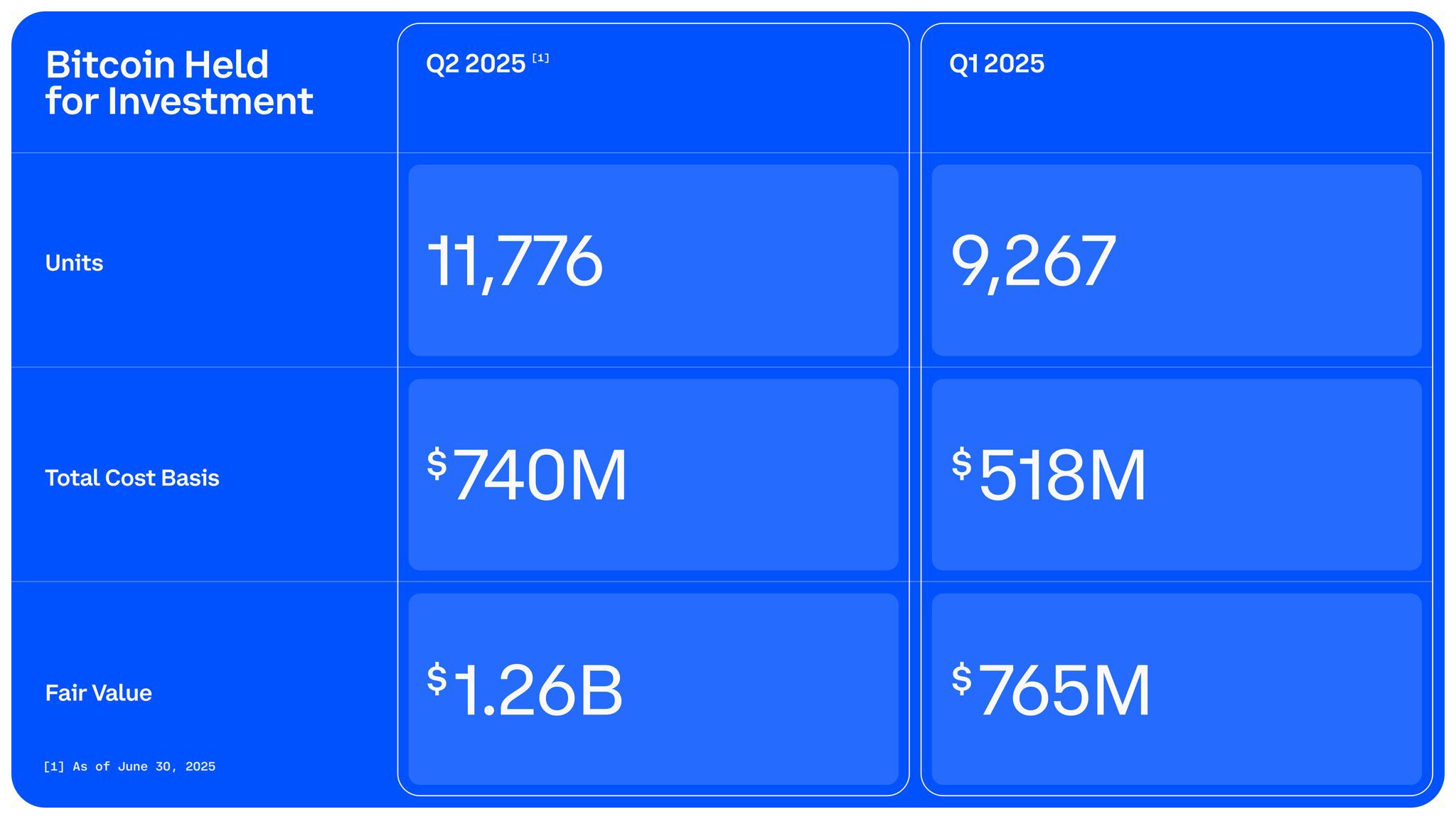Gold soars as dismal US NFP data and Russia tensions spark safe-haven demand

- Gold price rallies to $3,350 after weak US Nonfarm Payrolls report shows just 73K jobs added in July.
- May–June payrolls revised down by 258K; labor market turmoil supports Fed doves’ push for cuts.
- Fed funds futures now price 76% odds of a 25 bps rate cut in September.
- ISM Manufacturing PMI shows sector remains in recessionary territory; UoM Consumer Sentiment deteriorates.
Gold price rallies more than 1.50% on Friday following the release of a dismal Nonfarm Payrolls (NFP) report in the United States (US), which showed the jobs market is cooling faster than expected. Also, an escalation of geopolitical risks between Russia and the US prompted traders to buy Gold, which hovers near $3,350 at the time of writing.
Market participants had begun to price in an interest rate cut by the Federal Reserve (Fed), following July’s jobs data. Although the Unemployment Rate was nearly unchanged, cracks in the labor market vindicated Fed Governors Michelle Bowman and Christopher Waller, who favored a 25-basis point (bps) rate cut at the July 29-30 meeting.
Additional data revealed that business activity in the manufacturing sector remains at recessionary levels, as announced by the Institute for Supply Management (ISM) in its July report. At the same time, Consumer Sentiment deteriorated, according to the University of Michigan (UoM) survey.
Consequently, Gold prices are up after diving to a one-month low of $3,268 on Thursday, on a strong jobless claims report. May and June payrolls were revised down by a massive 258K print, suggesting a weaker jobs market. This was the second-largest, two-month revision in the NFP since 1979, surpassed only by the April 2020 report.
The CBOT December 2025 fed funds rate futures contract suggests that investors expect at least 57 basis points of easing toward the end of the year. Odds for the September meeting are at a 76% chance of a 25 bps rate cut toward the 4.00-4.25% range.
On the geopolitical front, US President Donald Trump revealed a wave of tariffs on dozens of trading partners. Recently, Trump dispatched two nuclear submarines to be positioned at appropriate regions in response to Russian Deputy Chairman Medvedev, who said that Trump is playing a game of ultimatums with Russia, adding that this is a “step towards war”.
Medvedev’s comments were related to Washington’s reduction of the deadline for Russia to get a peace deal with Ukraine.
Daily digest market movers: Gold surges despite Fed officials disregarding July’s jobs data
- Alongside the tranche of economic data, Fed officials had begun to cross the wires. The Cleveland Fed’s Beth Hammack said that the NFP report was disappointing, thought the labor market remains in balance, and that she is “confident in the decision made earlier this week.”
- The Atlanta Fed’s Raphael Bostic said that the jobs market is slowing from strong levels and noted that risks to inflation are much greater than the employment risk, favoring one cut and remaining hawkish.
- US Treasury yields had plunged along the short and long ends of the curve. In the belly, the 10-year Treasury note is down 15 basis points to 4.228%. US real yields, which are calculated by the subtraction of the nominal yield minus inflation expectations, are also plunging 12 bps to 1.838%, a tailwind for Gold prices.
- US Nonfarm Payrolls in July rose by 73K, well below forecasts of 110K. Further jobs data revealed that the Unemployment Rate ticked up from 4.1% to 4.2% as expected, and Average Hourly Earnings rose from 3.7% to 3.9%, exceeding forecasts of 3.8%.
- The ISM Manufacturing PMI contracted for the fifth consecutive month after two months of expansion, preceded by 26 months of contraction. The PMI dipped from 49.0 to 48.0, missing forecasts of 49.5. The Employment subcomponent contracted further, while the Prices Paid showed that costs are edging lower.
- Consumer Sentiment improved for the second straight month, though it dipped compared to its preliminary reading of 61.8 to 61.7. Inflation expectations were revised for 1-year to 4.5% from 4.4%. Over the next five years, American households expect prices to fall from 3.6% to 3.4%.
XAU/USD technical outlook: Gold price remains bullish as buyers eye $3,350
Gold price uptrend resumed on Friday, though the spot prices meander near the 50-day Simple Moving Average (SMA) at $3,340. For a bullish resumption, buyers must conquer $3,350, followed by the $3,400 figure. A breach of the latter exposes key resistance levels, being the June 16 peak at $3,452, ahead of the YTD high of $3,500.
On the flip side, if XAU/USD tumbles below the 50-day SMA, it clears the path to test the next area of interest at $3,300.
Gold FAQs
Gold has played a key role in human’s history as it has been widely used as a store of value and medium of exchange. Currently, apart from its shine and usage for jewelry, the precious metal is widely seen as a safe-haven asset, meaning that it is considered a good investment during turbulent times. Gold is also widely seen as a hedge against inflation and against depreciating currencies as it doesn’t rely on any specific issuer or government.
Central banks are the biggest Gold holders. In their aim to support their currencies in turbulent times, central banks tend to diversify their reserves and buy Gold to improve the perceived strength of the economy and the currency. High Gold reserves can be a source of trust for a country’s solvency. Central banks added 1,136 tonnes of Gold worth around $70 billion to their reserves in 2022, according to data from the World Gold Council. This is the highest yearly purchase since records began. Central banks from emerging economies such as China, India and Turkey are quickly increasing their Gold reserves.
Gold has an inverse correlation with the US Dollar and US Treasuries, which are both major reserve and safe-haven assets. When the Dollar depreciates, Gold tends to rise, enabling investors and central banks to diversify their assets in turbulent times. Gold is also inversely correlated with risk assets. A rally in the stock market tends to weaken Gold price, while sell-offs in riskier markets tend to favor the precious metal.
The price can move due to a wide range of factors. Geopolitical instability or fears of a deep recession can quickly make Gold price escalate due to its safe-haven status. As a yield-less asset, Gold tends to rise with lower interest rates, while higher cost of money usually weighs down on the yellow metal. Still, most moves depend on how the US Dollar (USD) behaves as the asset is priced in dollars (XAU/USD). A strong Dollar tends to keep the price of Gold controlled, whereas a weaker Dollar is likely to push Gold prices up.

